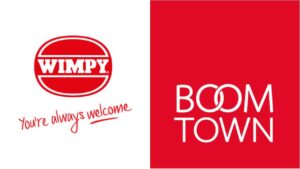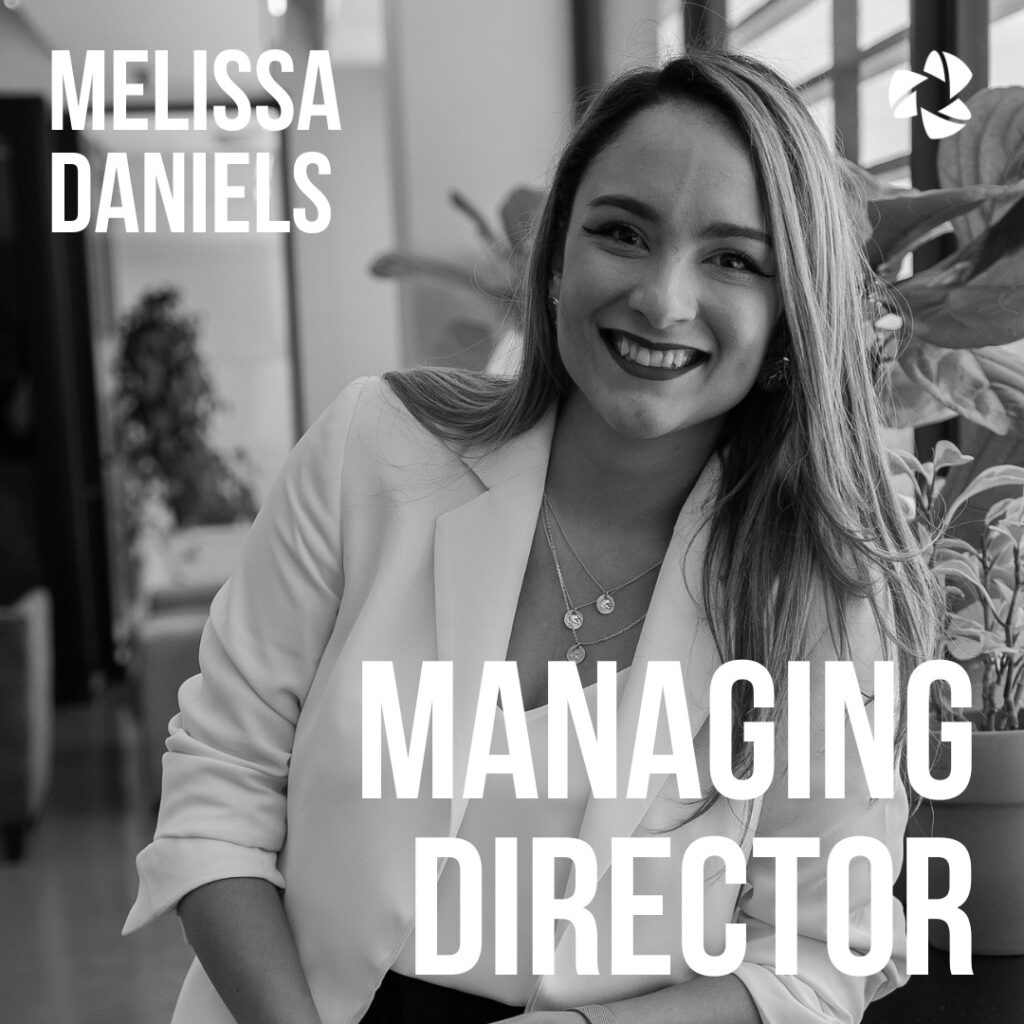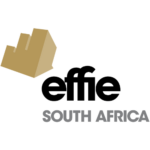
The ability to understand people and situations by extracting relevant consumer insights can give brands the critical edge when it comes to crafting their communication and deciding how to deliver this to their target audiences.
For companies performing at the top of the industry, the use of marketing insights are not token efforts, they’re embedded into the business and are acknowledged at every level of the creative process that makes every brand stand out.
But how can strategists and their clients be sure the insights they are extracting are relevant, particularly given the marketing and business challenges and changes thrown up by the responses to the Covid pandemic.
According to Boomtown’s junior strategist, Karabo Mamabolo, the phrase ‘turning knowledge into insights’ is the key.

“There’s information, there’s knowledge and there’s insights,” he says. “Someone explained it to me as follows. There are thousands of cars in a parking lot, and you assume there has to be more than one red one there – but you don’t know for sure. That’s information, the fact that the cars are there.
“Then you look for the red cars and you find them, that’s knowledge for me … knowledge is knowing what you think you want to know and actually looking for it.
“And insight, insight is what you find when you critically examine that red car. Insight is the knowledge that comes after looking. So, during the looking for red cars and at red cars, maybe you will find things that you didn’t know about who drives them and why, and that is insight,” he says.
In terms of Mamabolo’s understanding of information, knowledge and insights, information is always there, but we don’t pay attention to it. Only when we actually look for a specific piece of information and absorb it, does it become knowledge. And then there’s a fine line between knowledge and insight, but there definitely is a line.
He says this line is drawn by relevance, and this relevance is usually rooted in human truth. So, you can know a lot about red cars and a lot about the people who buy them and drive them but without knowing the human truth about why they drive them, you won’t be able to communicate with them effectively.
“Insight is something you can use, it is knowledge that you can turn into a story, something creative you can use to showcase a certain narrative, something that enables you to talk in a way that is targeted and relevant,” he explains further.
“Yes, insights give us this ability to communicate with people without being blunt and bleak, and too broad about what we are trying to say. They help us to communicate in an elegant and effective way that compels our audience to act in line with the brand’s objectives.”
Boomtown’s strategists use immersion as one of their tools to gain insights, a process Mamabolo says involves placing yourself in the environment or ecosystem so that you are active in it and experience it from the inside out. It’s the opposite of observation, he says, which is passive, involves no interaction and takes place from the outside in.
“But, looking in from the outside does have a place in informing insight,” he stresses. “Sometimes it is valuable to take a different angle or a different perspective to gain a truly holistic view.
“For example, if I wanted to gain insights into the coffee drinking habits of a particular set of people, say the students at Stellenbosch University, I could visit all the coffee shops on campus and take notes on the coffee they drink there.
“But I could also take a look at the data with respect to the kind of coffee they search for and read about online, as well as the sales data of what they actually purchase when they shop for groceries. And, I could engage with them in the coffee shop or the check-out queue and ask them why, when and how much they drink coffee.
“All these activities will inform the cornerstone of the blueprint and innovation process, a lighthouse for what we should do next, and a catalyst for creating new value for our customers.”
But arriving at a compelling insight requires more than just immersion. Brands, brand managers and their agencies need to have a clear understanding of the target audience. This understanding is informed at Boomtown by clear definition of the marketing objectives, high quality behavioural analysis and predictive analytics, and a desire to activate the voice of the consumer.
““It’s not having the information that’s important, it’s what you do with it. And here it pays to work in a team,” says Mamabolo. “Different minds – strategic, creative, logical, results-focussed – interpret knowledge differently.
“Often, having a graphic designer sit alongside you to sketch a visual portrayal while you talk through the information and knowledge is the key. Other times, a copywriter will just jot down a simple version of the insight or the knowledge, and that is sufficient to set the team down the path of a great campaign that solves the client’s business challenges.”
- Automation and AI: Super-Tools to level up your business - 24th July 2024
- Salesforce Launches First Autonomous AI Agent - 19th July 2024
- WPP champions inclusive creativity at inaugural Unite South Africa Awards during Pride Month - 19th July 2024






